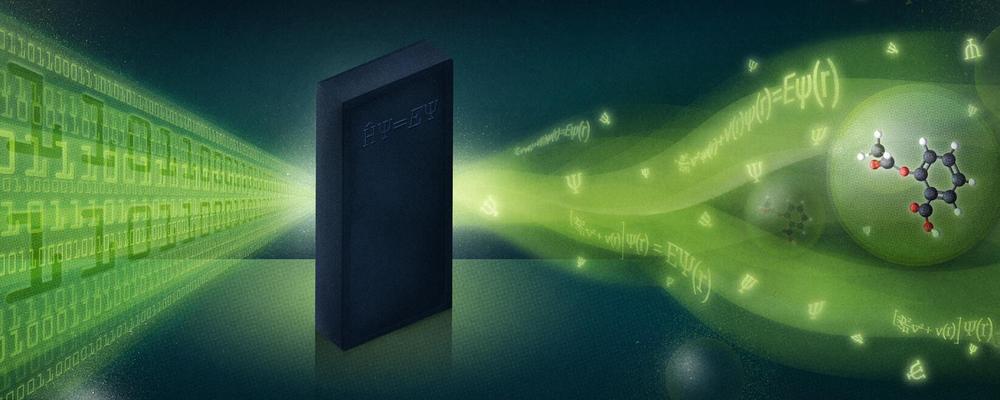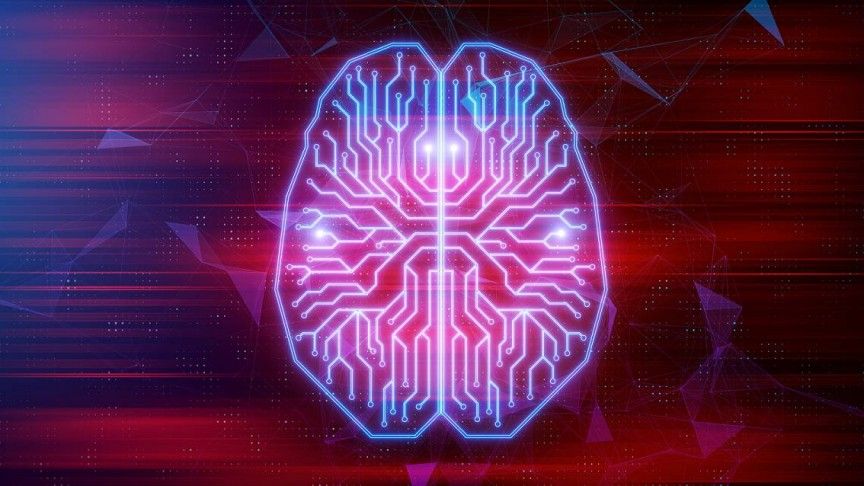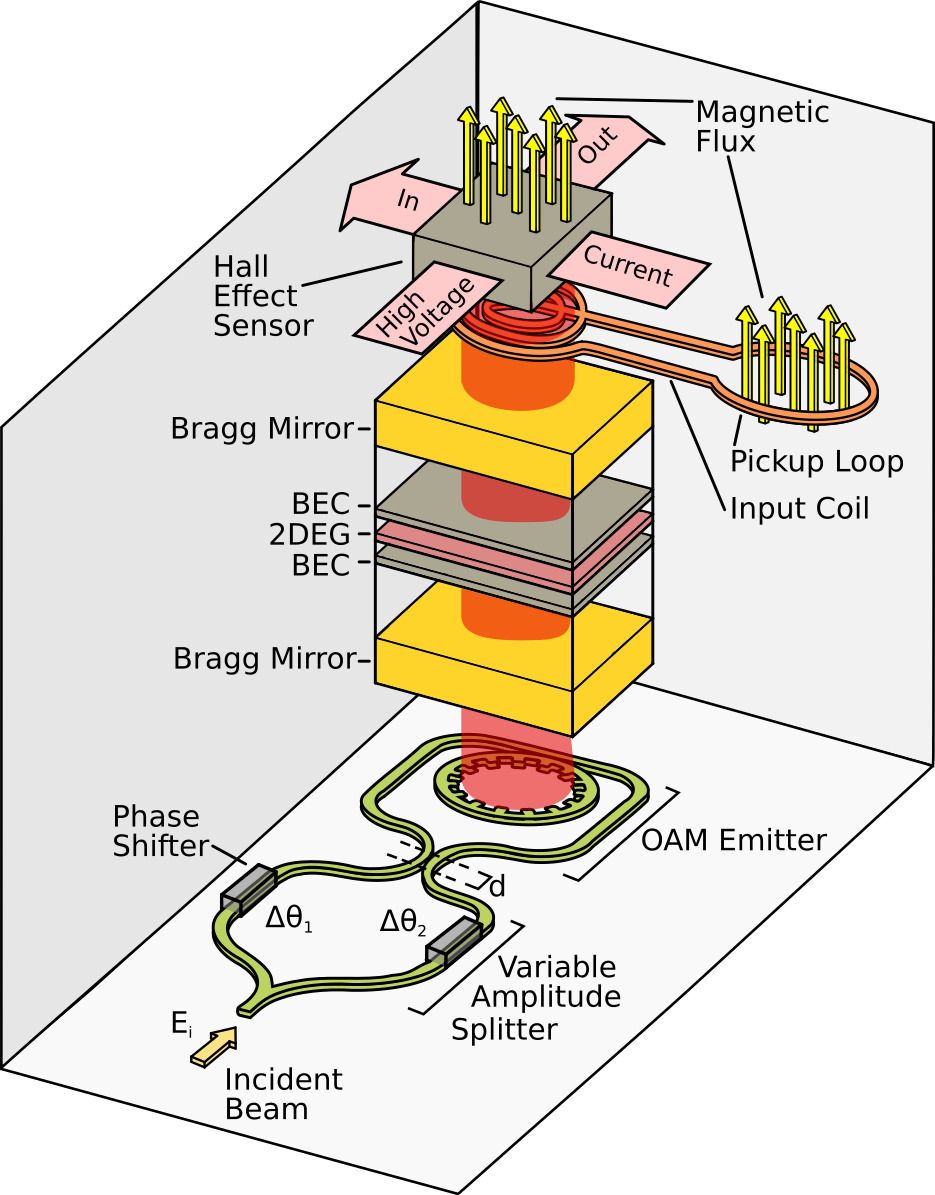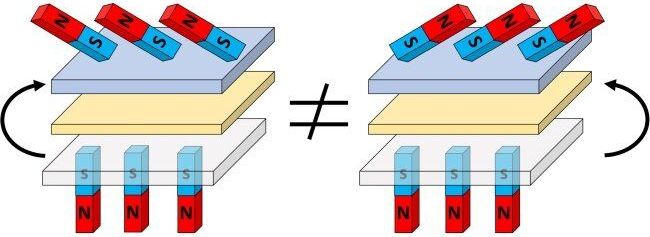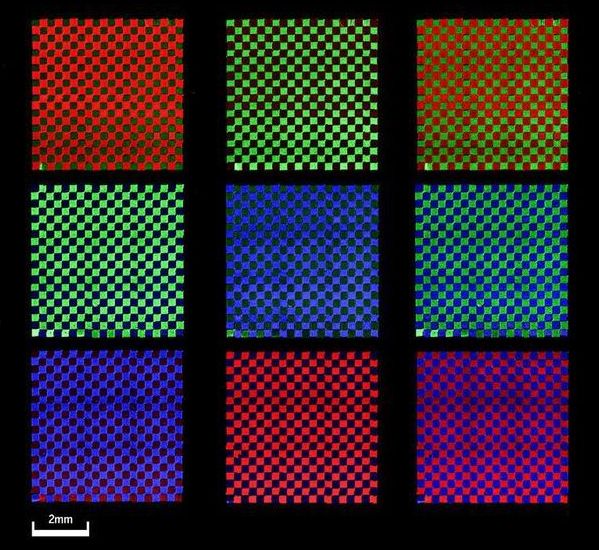Archive for the ‘computing’ category: Page 587
Jun 7, 2019
Quantum chemistry on quantum computers
Posted by Quinn Sena in categories: chemistry, computing, particle physics, quantum physics
The special properties of quantum computers should make them ideal for accurately modelling chemical systems, Philip Ball discovers.
‘If you want to make a simulation of nature,’ the legendary physicist Richard Feynman advised in 1981, ‘you’d better make it quantum-mechanical.’ By ‘nature’, Feynman meant ‘stuff’: the particles and atoms and molecules we’re made from. His comment came in a talk published the following year, and is generally regarded as the founding text of quantum computing. It now looks even more prophetic than ever.
For although we are constantly told that the unique selling point of quantum computers is their enormous speed compared with the classical devices we currently use – a speed-up that exploits the counterintuitive laws of quantum mechanics – it seems that the most immediate benefit will be the one Feynman identified in the first place: we’ll be able to simulate nature better.
In keeping with the spirit of the age, researchers can think of the laws of physics as computer programs and the universe as a computer.
- By Seth Lloyd, Y. Jack Ng on April 1, 2007
Jun 6, 2019
Spacetime Geometry near Rotating Black Holes Acts Like Quantum Computer, Physicist Says
Posted by Quinn Sena in categories: computing, cosmology, quantum physics
According to a theoretical paper published in the Annals of Physics, by Dr. Ovidiu Racorean from the General Direction of Information Technology in Bucharest, Romania, the geometry of spacetime around a rapidly spinning black hole (Kerr black hole) behaves like a quantum computer, and it can encode photons with quantum messages.
Jun 6, 2019
How Peter Shor’s Algorithm is Destined to Put an End to Modern Encryption
Posted by Quinn Sena in categories: computing, encryption, information science, internet, quantum physics
RSA Encryption is an essential safeguard for our online communications. It was also destined to fail even before the Internet made RSA necessary, thanks the work of Peter Shor, whose algorithm in 1994 proved quantum computers could actually be used to solve problems classical computers could not.
Jun 5, 2019
China Has Released A Computer Chip That ‘Talks’ To Your Brain
Posted by Paul Battista in categories: computing, neuroscience
Brain computer interfaces (BCIs) promise to allow communication between brains and computer devices. The “Brain Talker” is a new model that looks set to make the technology go mainstream.
Jun 5, 2019
The Quatron Transistor
Posted by Richard Christophr Saragoza in categories: computing, engineering, particle physics, quantum physics
Atomic BECs were first achieved in 1995. Although it has become easier to realize atomic BECs since their discovery, they still require very low temperatures for operation. For most purposes, this is too expensive and impractical. Alternatively, negatively charged quatrons are quasi-particles composed of a hole and three electrons which form a stable BEC when coupled to light in triple quantum layer structures in semiconductor microcavities. This allows for both the greater experimental control found in quantum optics, and the benefits of matter wave systems, such as superconductivity and coherence. Moreover, due to the extremely small effective mass of the quasi-particles, quatrons can be used to achieve superconducting BECs at room temperature.
The Create the Future Design Contest was launched in 2002 by the publishers of NASA Tech Briefs magazine to help stimulate and reward engineering innovation. The annual event has attracted more than 8,000 product design ideas from engineers, entrepreneurs, and students worldwide.
Jun 5, 2019
Carbon nanotubes found in children’s lungs for the first time
Posted by Richard Christophr Saragoza in categories: computing, nanotechnology
By Sam Wong
Carbon nanotubes have turned up in the lungs of children living in Paris – the first time they have been detected in humans.
Incredibly strong, light and conductive, nanotubes have shown great potential in areas such as computing, clothing and healthcare technology. Nevertheless, there has been some concern over their use after mouse studies showed that injected nanotubes can cause immune reactions similar to those produced by asbestos.
Continue reading “Carbon nanotubes found in children’s lungs for the first time” »
Jun 5, 2019
3D magnetic interactions could lead to new forms of computing
Posted by Genevieve Klien in category: computing
A new form of magnetic interaction which pushes a formerly two-dimensional phenomenon into the third dimension could open up a host of exciting new possibilities for data storage and advanced computing, scientists say.
Jun 4, 2019
LEDs created from wonder material could revolutionize lighting and displays
Posted by Genevieve Klien in categories: 3D printing, computing, solar power, sustainability
In solar cells, the cheap, easy to make materials called perovskites are adept at turning photons into electricity. Now, perovskites are turning the tables, converting electrons into light with an efficiency on par with that of the commercial organic light-emitting diodes (LEDs) found in cellphones and flat screen TVs. And in a glimpse of how they might one day be harnessed, researchers reported last week in Science Advances that they’ve used a 3D printer to pattern perovskites for use in full-color displays.
“It’s a fantastic result, and quite inspirational,” says Richard Friend, a physicist at the University of Cambridge in the United Kingdom whose team created the first perovskite LED in 2014. The result raises hopes that the computer screens and giant displays of the future will consist of these cheap crystalline substances, made from common ingredients. Friend cautions, however, that the new perovskite displays aren’t yet commercially viable.
The materials in current semiconductor LEDs, including the organic versions, require processing at high temperatures in vacuum chambers to ensure the resulting semiconductors are pristine. By contrast, perovskites can be prepared simply by mixing their chemical components in solution at room temperature. Only a brief heat treatment is needed to crystallize them. And even though the perovskite crystals end up with imperfections, these defects typically don’t destroy the materials’ ability to emit light.
Continue reading “LEDs created from wonder material could revolutionize lighting and displays” »

